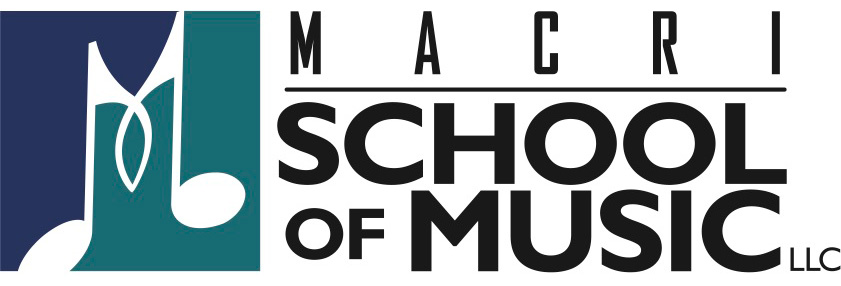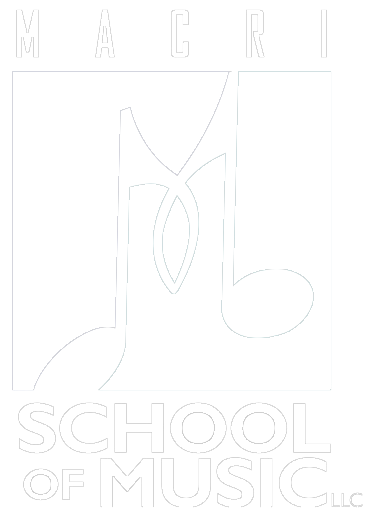Blues Guitar Lessons
One element that all blues progressions have in common is the turnaround. The turnaround is the last two bars of the progression, where the tune gets ready to “turnaround” and go back to the beginning. Lets set the framework with Figure A, a 12-bar blues in the key of A with a common turnaround. What makes [...]
The 12-bar blues, using all dominant seventh chords, is the most common form of the blues progression. It’s 12 measures long and uses the first, fourth and fifth chords of a key. The chords are usually indicated with Roman numerals (I-IV-V) and can be found by counting up the major scale. For example, [...]
In the past I’ve written an article about the pentatonic minor scales, a basic foundation for developing a guitarist’s soloing. It’s only natural to focus this lesson on the pentatonic major scales. Like the pentatonic minor scale, the pentatonic major is a five tone scale and is extracted from the major scale. For [...]
The late Gary Moore (1952-2011) was one of the greatest guitarists of all time. As a young rock player, I had never heard anyone play the blues with such precision, passion, and such a robust tone. Gary’s music was soulful but still had the intensity of rock n roll that, to me, was [...]
When confronting the changes of a blues tune, the first scale the majority of players lean towards is the minor pentatonic. This generates some wonderful sounds but by itself it doesn’t provide all the chord tones in a typical I-IV-V. A few other options include the blues scale, major pentatonic, the Mixolydian mode [...]
One of the most versatile techniques available on the guitar is the double stop. A double stop is two notes that are played simultaneously. Because the guitar provides the ability to sound more than one note at a time, we in effect can create harmony. Double stops are used in all forms of music and in [...]


